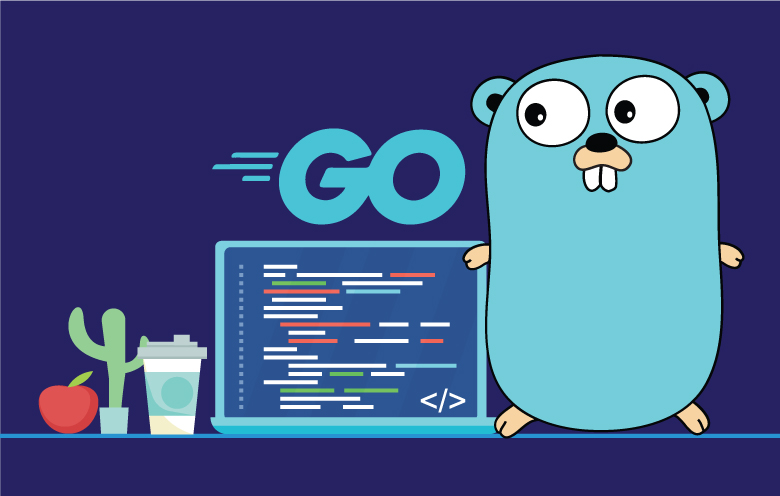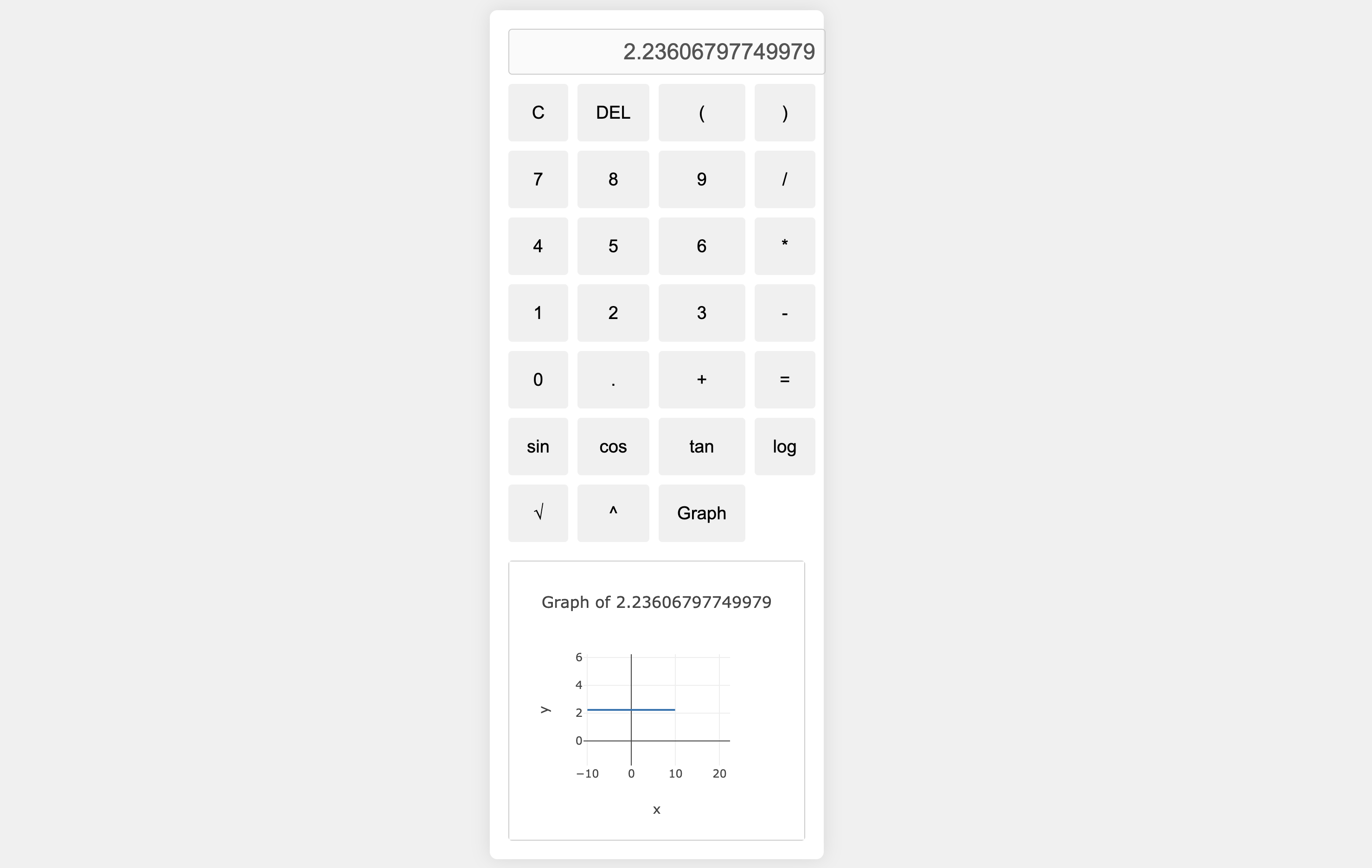Category: Software Development
-

Chapter 1: Getting Started with Go
•
Installation and Setup Introduction: Setting up your Go development environment is the first step towards mastering Go. This chapter will guide you through the installation process and the initial setup required to start writing and running Go programs on your machine. 1. Downloading and Installing Go Windows: Go to the…
-

Mastering Go: From Basics to Advanced Techniques and Best Practices => Introduction
•
Overview of Go Language Introduction to Go: Go, also known as Golang, is a statically typed, compiled programming language designed by Google. It was created by Robert Griesemer, Rob Pike, and Ken Thompson and was first released in 2009. Go is known for its simplicity, efficiency, and strong support for…
-

Chapter 13: Practical Projects and Case Studies
•
In this chapter, we delve into real-world applications and case studies that demonstrate the practical use of assembly language, particularly with tools like TASM. These projects highlight how assembly language can be applied in various domains, showcasing its versatility and efficiency in system programming, embedded systems, and more. Real-World Projects…
-

Chapter 12: Future of Assembly Language Programming
•
Assembly language programming, while considered low-level and intricate, continues to evolve and remain relevant in specific areas of software development. The trends and evolution of assembly language programming can be observed through its application in various domains, including embedded systems, performance-critical applications, and educational purposes. The trend toward highly optimized…
-

Chapter 11: Integrating Assembly with High-Level Languages
•
Combining assembly language with high-level languages like C or C++ can yield efficient and flexible programs. Understanding how to mix these languages allows developers to leverage the strengths of both: the efficiency and control of assembly, and the abstraction and ease of use of high-level languages. This chapter explores the…
-

Chapter 10: Real-World Applications of TASM
•
System programming with TASM involves developing software that interacts closely with the underlying hardware and operating system to perform low-level tasks such as device control, memory management, and system resource utilization. Here’s a detailed exploration without using lists: Introduction to System Programming: System programming using TASM focuses on creating software…
-

Chapter 9: Debugging and Error Handling
•
Debugging assembly programs requires a systematic approach to identify and resolve errors effectively, ensuring the program runs correctly and efficiently. Here’s a comprehensive exploration without using lists: Understanding Debugging in Assembly: Debugging assembly programs involves diagnosing and correcting errors that affect program functionality and performance. Due to the low-level nature…
-

Chapter 8: Assembly Language Optimization Techniques
•
In assembly language programming, optimizing code involves refining algorithms and instructions to enhance program efficiency and performance. This process focuses on minimizing execution time, reducing memory usage, and improving overall program responsiveness. Code optimization strategies in assembly language typically revolve around improving the utilization of CPU resources and streamlining data…
-

Chapter 7: Interrupts and BIOS Calls
•
Understanding Interrupts is fundamental to mastering low-level system programming in assembly language. Interrupts allow a computer to respond to events or requests from hardware or software by interrupting the normal flow of execution and transferring control to an Interrupt Service Routine (ISR). These routines are essential for handling critical tasks…
-

Chapter 6: Advanced Addressing Modes and Instructions
•
In assembly language programming, advanced addressing modes and instructions provide flexibility and efficiency in accessing and manipulating data. These techniques go beyond basic direct and indirect addressing modes, allowing programmers to optimize code for specific tasks and enhance overall performance Advanced Addressing Techniques: Within assembly language programming, advanced addressing techniques…
-

Chapter 5: Control Structures
•
In assembly language programming with TASM, conditional statements play a crucial role in controlling the flow of execution based on certain conditions. Unlike high-level programming languages that have built-in constructs like if, else, and switch, assembly language requires programmers to implement conditional logic using jumps and comparison instructions. Conditional Statements…
-

Chapter 4: Procedures and Macros
•
In assembly language, procedures and macros are essential tools for structuring code and promoting reuse. Understanding how to define and use them can significantly enhance the efficiency and readability of your programs. Defining and Using Procedures Procedures in assembly language are similar to functions in high-level languages. They allow you…
-

Chapter 3: Data Segments and Directives
•
Segmentation in Assembly In assembly language programming, segmentation refers to the organizational structure of memory into segments, each serving specific purposes within the program. Segments provide a way to manage and access memory efficiently by dividing it into logical units, such as code, data, and stack segments. Segments in assembly…
-

Chapter 2: Basic Assembly Language Concepts
•
Understanding registers is crucial for writing effective assembly language programs. Registers are small storage locations within the CPU that hold data, addresses, and instructions. They are faster to access than memory locations, making them essential for efficient programming. The x86 architecture, for example, includes a variety of registers such as…
-

Chapter 1: Getting Started with TASM
•
Overview of Assembly Language Assembly language is a low-level programming language that offers direct communication with a computer’s hardware. It is crucial in system programming because it allows developers to write programs that are highly efficient and fine-tuned to the underlying hardware. Unlike high-level languages, which abstract away hardware details,…
-

Chapter 11: Conclusion: Embracing the Decentralized Future
•
As we draw to the end of our exploration into Decentralized Finance (DeFi), it’s imperative to reflect on the journey of DeFi’s evolution, acknowledge the opportunities and challenges that lie ahead, and understand the pivotal role individuals play in shaping the future of finance. DeFi represents not just a technological…
-

Chapter 10: The Social Impact of DeFi
•
Decentralized Finance (DeFi) is not just a technological innovation; it holds the potential to bring about profound social change. This chapter delves into the ways DeFi can influence society by fostering financial empowerment and economic freedom, reducing global income inequality, and promoting sustainable finance. Understanding these impacts provides insight into…
-

Chapter 9: Building in DeFi: Opportunities for Developers
•
Decentralized Finance (DeFi) offers a fertile ground for developers, brimming with opportunities to create innovative financial applications that operate without intermediaries. This chapter delves into the essential tools and frameworks for smart contract development, examines the available development frameworks tailored for DeFi, and outlines the security best practices that are…
-

Chapter 8: Future Trends and Developments in DeFi
•
As decentralized finance (DeFi) continues to evolve at a rapid pace, several key trends and developments are poised to shape its future. In this chapter, we explore the advancements in scaling solutions and Layer 2 protocols, the importance of interoperability and cross-chain compatibility, the increasing focus on regulation and compliance,…
-

Chapter 7: Investing and Trading in DeFi
•
In this chapter, we delve into the dynamic world of investing and trading within the decentralized finance (DeFi) ecosystem. We explore various strategies for yield generation, provide a comprehensive understanding of DeFi tokens and governance, and discuss effective risk management practices in DeFi investing. This detailed analysis aims to equip…
-

Chapter 6: Case Studies: Real-World Applications of DeFi
•
In this chapter, we delve into the real-world applications of decentralized finance (DeFi), illustrating its transformative potential through various case studies. We explore the concept and impact of Decentralized Autonomous Organizations (DAOs), the rise of Non-Fungible Tokens (NFTs) and digital collectibles, the integration of DeFi in emerging markets, and the…
-

Chapter 5: DeFi Use Cases and Applications
•
In this detailed chapter, we explore the various use cases and applications of decentralized finance (DeFi) and how they are reshaping the financial landscape. We delve into the transformative impact of DeFi on financial inclusion and access to banking services, the development of decentralized identity and KYC solutions, the enhancement…
-

Chapter 4: Navigating the DeFi Ecosystem
•
In this chapter, we embark on a detailed exploration of the decentralized finance (DeFi) ecosystem, navigating through the intricacies of accessing, using, and understanding DeFi platforms. We delve into essential aspects such as wallets and wallet security, the onboarding process to DeFi platforms, the risks and challenges inherent in DeFi…
-

Chapter 3: Exploring DeFi Protocols
•
In this chapter, we embark on a comprehensive exploration of decentralized finance (DeFi) protocols, the cornerstone of the burgeoning DeFi ecosystem. We delve into the diverse array of DeFi protocols, each designed to address specific financial needs and use cases, including decentralized exchanges (DEXs), lending and borrowing platforms, automated market…
-

Chapter 2: Understanding Blockchain Technology
•
In this foundational chapter, we embark on a comprehensive exploration of blockchain technology, the underlying infrastructure that powers the decentralized finance (DeFi) ecosystem. We delve into the fundamentals of blockchain, the revolutionary concept of smart contracts, and the pivotal role of Ethereum in birthing the DeFi movement. Fundamentals of Blockchain:…
-

Chapter 1: Introduction to Decentralized Finance (DeFi)
•
In this foundational chapter, we embark on a comprehensive exploration of the innovative and transformative realm of Decentralized Finance (DeFi). This burgeoning ecosystem represents a fundamental shift in the way financial services are conceived, executed, and accessed, leveraging blockchain technology to create open, transparent, and inclusive financial systems. Origins of…
-

Creating your own Cryptocurrency
•
Step 1: Define Your Objectives is the initial stage of creating your own cryptocurrency, where you establish the purpose and goals of your project. This step involves answering important questions to clarify the direction and focus of your cryptocurrency venture. What problem does your cryptocurrency solve? Identify the specific problem…
-

Create a Advance Scientific Graphic Calculator
•
Creating an advanced scientific graphic calculator requires a combination of a well-designed user interface and robust mathematical capabilities. Below is an example using JavaScript with HTML and CSS for the front-end, and a JavaScript math library (such as math.js) to handle the mathematical computations. Step-by-Step Guide 1. Set Up HTML…
-

Containerization and Orchestration: Docker, Kubernetes, containerization benefits, and best practices.
•
Chapter 1: Introduction Containerization and orchestration have revolutionized the way software is developed, deployed, and managed in modern software development practices. This chapter provides an overview of containerization and orchestration, highlighting their significance in today’s software landscape. Overview of Containerization and Orchestration: Containerization is a lightweight form of virtualization that…
-

Software Testing: Strategies, techniques (unit testing, integration testing, etc.), tools (JUnit, Selenium, etc.), and test-driven development (TDD).
•
Chapter 1: Introduction to Software Testing Importance and Objectives of Software Testing: Software testing plays a crucial role in the software development lifecycle by ensuring that the software meets the desired quality standards and fulfills user expectations. Here’s a detailed breakdown of its importance and objectives: Overview of the Chapter…